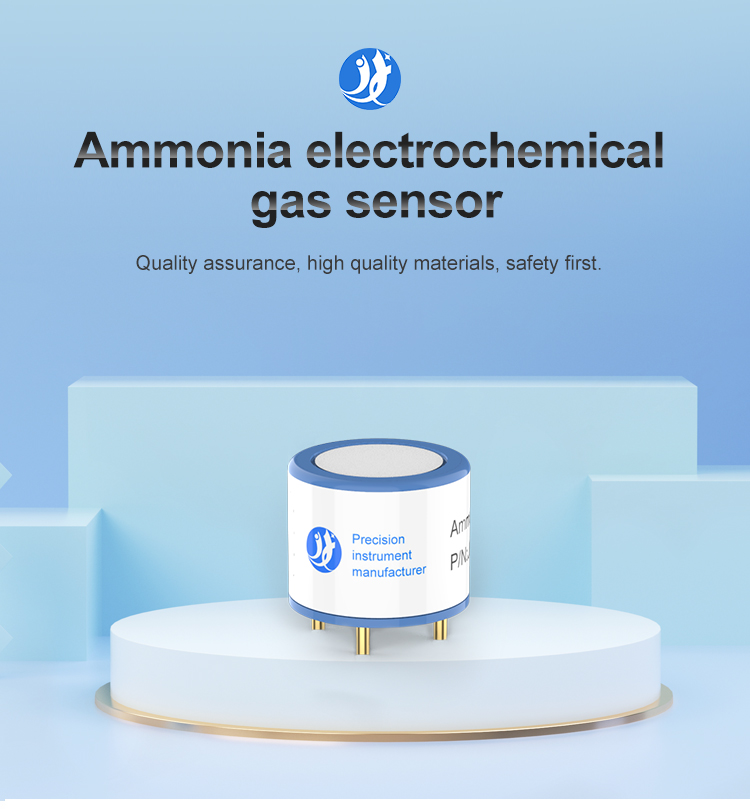Hot and humid weather can make our living and working conditions unbearable, emphasizing the importance of a well-functioning Heating, Ventilation and Air Conditioning (HVAC) system. The proper functioning of an HVAC system is essential not only for human comfort but also for maintaining important equipment, such as computer systems and machinery, within specific temperature ranges.
Gas sensors have become an inte gral part of modern HVAC systems, helping to ensure that indoor spaces maintain optimal temperature levels while reducing energy consumption. With their advanced technology, gas sensors can detect and monitor changes in temperature, humidity, and air quality within a given space, providing accurate data to regulate HVAC settings.
gral part of modern HVAC systems, helping to ensure that indoor spaces maintain optimal temperature levels while reducing energy consumption. With their advanced technology, gas sensors can detect and monitor changes in temperature, humidity, and air quality within a given space, providing accurate data to regulate HVAC settings.
One of the most significant advantages of gas sensors in HVAC systems is their ability to measure outdoor ambient temperature and signal the HVAC system to adjust accordingly. As outdoor temperatures change, gas sensors monitor and transmit data to the system's controller, allowing it to autonomously adjust indoor temperatures and reduce energy usage. This feature ensures maximum efficiency by reducing operating costs and carbon emissions while at the same time increasing the lifespan of HVAC units.
Furthermore, gas sensors are capable of detecting temperature anomalies that signify malfunctioning equipment or issues that require attention. Once detected, the starting point for adjustments or maintenance can be localized by cross-referencing temperature readings from multiple sensors. This saves time and resources that otherwise would have been spent hunting down the source of the problem, while simultaneously avoiding follow-on damage.
Gas sensors also play a crucial role in ensuring optimal air quality, particularly concerning carbon monoxide (CO) detection. CO is a colorless, odorless gas that is potentially lethal when undetected. Modern gas sensors can quickly identify and measure the concentration of CO in HVAC systems, alerting the facility manager of the potential danger and specifying the source of the CO emission. With this information, operators can take quick action to eliminate the source of CO emissions, thereby returning the air quality to acceptable levels.
The use of gas sensors in HVAC systems also promotes occupant comfort. By monitoring temperature and humidity levels of individual rooms, sensors can adjust HVAC settings to maintain optimal conditions throughout the building. They prevent overheating or overcooling, reducing energy waste and operational costs.
In summary, HVAC systems are an important component of our living and working environments.
 : +86 155 8830 2704
: +86 155 8830 2704 : jxdziot@gmail.com
: jxdziot@gmail.com
